This article includes tips and example images for creating abstract landscapes with a kaleidoscope filter. The prism I used for this is from PrismlensFX. It is called the Subtle Handheld Kaleidoscope. Here I have focused the attention toward landscape photography but this technique can still be applied to portraits, still life, or any other photo category. Of course, that’s assuming the photographer is aiming for any kind of experimental “lomography” aesthetic. In the old days it was referred to as Pictorialism which pre-dated the “straight photography” era centered around the work of Ansel Adams. The information below is meant to benefit intermediate as well as beginner photography enthusiasts.
Reasons to Use a Prism Filter
Camera techniques like motion blurs, double exposures, light leaks, barrel distortion, etc seem to add a layer of abstract film aesthetic to an image. With a prism filter, you have a bit more control and you can mimic these lomography-style techniques in a single exposure. Personally I go for this look to add pictorial mystery to the image. You still get an element of surprise as with double exposures or light leaks except with SLR’s you can mostly see what is happening through the lens when you compose the shot. Also, with the tool being a handheld mechanism of considerable size compared to the lens you can position it in several different angles to warp, reflect, or refract the light. So, the effects can be as subtle or apparent as you want. It doesn’t actually have the same result as you would expect when looking through an actual kaleidoscope.
I have also found this filter to be an acceptable workaround for any film camera (or even a digital camera) that doesn’t handle double exposures very well. For example, my Canon F-1 will take double exposures but the images don’t always overlap where they are supposed to. I still use double exposure photography with my ever nostalgic Canon AE-1 but in order to avoid having double exposures lose their luster I have started using alternate methods of creating obscure visuals, such as prism filters.
What are handheld prism filters?
Normally, filters are attached securely onto the end of the lens by thread mount. Some are magnetic, and others are square shaped and can be dropped into a slot. The kaleidoscope that we’re familiar with from childhood creates a perspective as if you had 8 eyes. When it comes to the Subtle Handheld Filters, they are designed for video production and photography. Since this one is larger and handheld it offers the flexibility to be positioned and any angle. For landscape photography with a tripod, the filter can still be securely attached with an articulating arm and a tripod.
Tips for using a Prism Filters
From my personal experiences I wanted to share tips for creating abstract landscapes with a kaleidoscope filter. Use the prisms sparingly. It can sometimes take a while to compose the image perfectly just the way you want it. Sometimes I find it is best to be as subtle as possible with the prism so I can take the shot quickly and move on. More often than not the prism effect will overwhelm the image. It’s also a good idea to take one straight shot and one prism photo. The prisms not only refract the light but they also reflect what’s around you, creating an end result image to look like it was shot through a window. I will either avoid this by opening the aperture to soften the edges like a lens flare or I might try to use whatever is behind me as a direct double exposure or a simple texture.
Key Takeaways:
Use Sparingly – Especially with portraits or when traveling. Don’t linger when others might be waiting. If you are by yourself then you can practice while taking your time.
Keep It Subtle – Don’t diminish the integrity of your subject.The effects are only meant to add a moody touch.
Include Straight shots – This way you can compare the before and after effects. On many occasion the straight shot is plenty and might be the better option.
Here, to demonstrate the kaleidoscope filter effects, I have included a small series of 35mm black and white film photographs. As a personal preference, I did use a film camera, but these are all single exposures so the same effect can be achieved using a digital camera. I have tried it with a twin lens TLR, however, it doesn’t turn out the same since you need to be able to see exactly what the lens is seeing.
Images from the Roll
The images from this collection are original creations I chose for demonstration purposes.
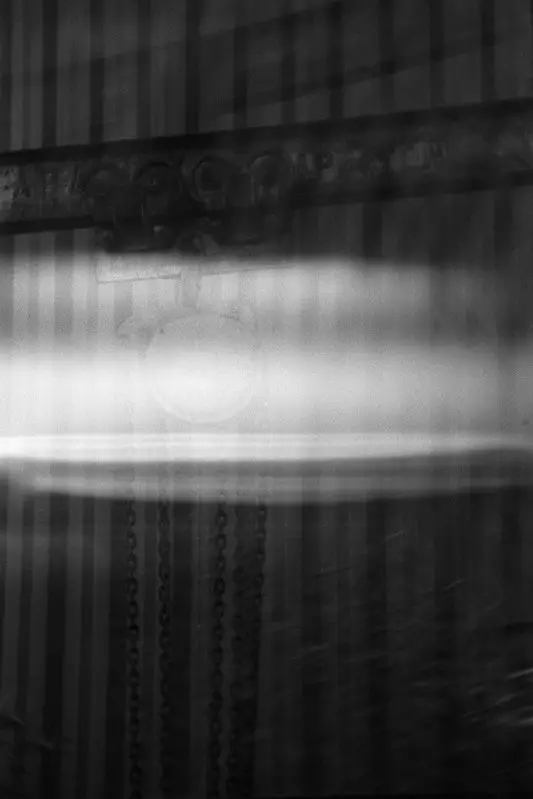
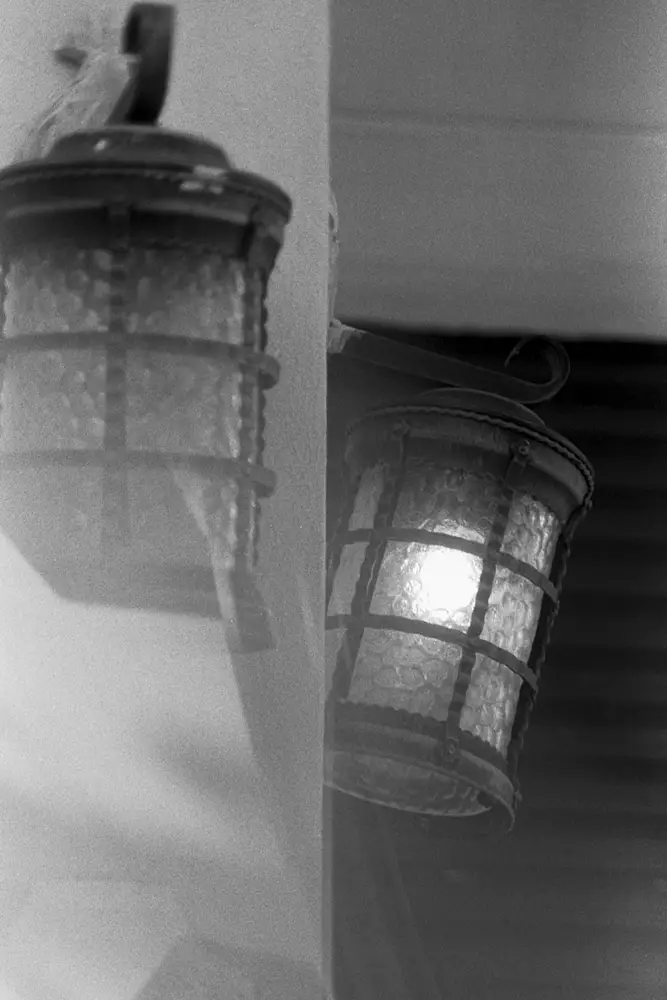
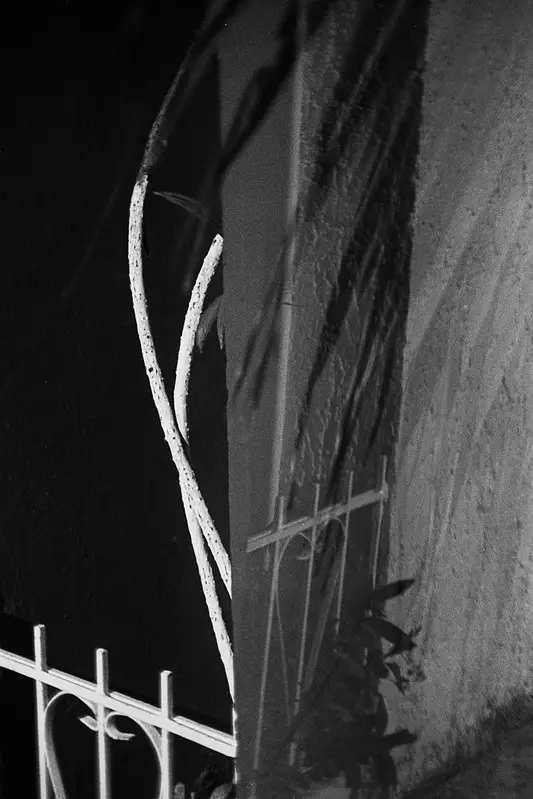
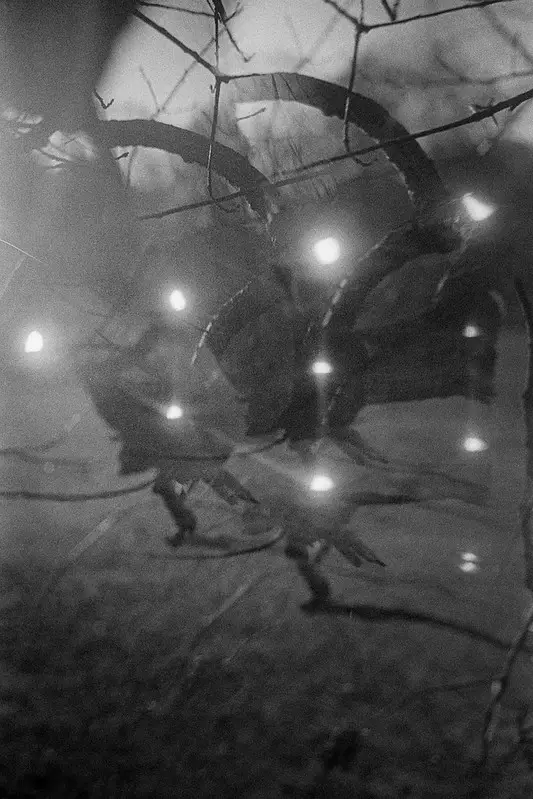
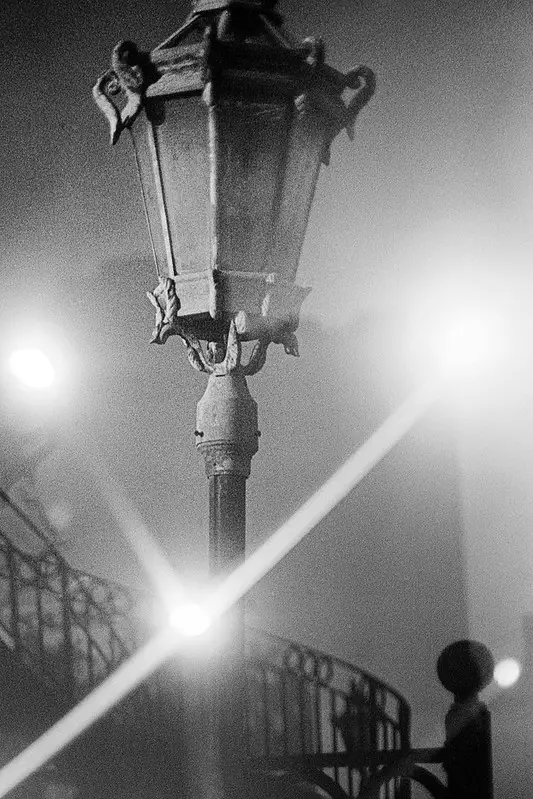
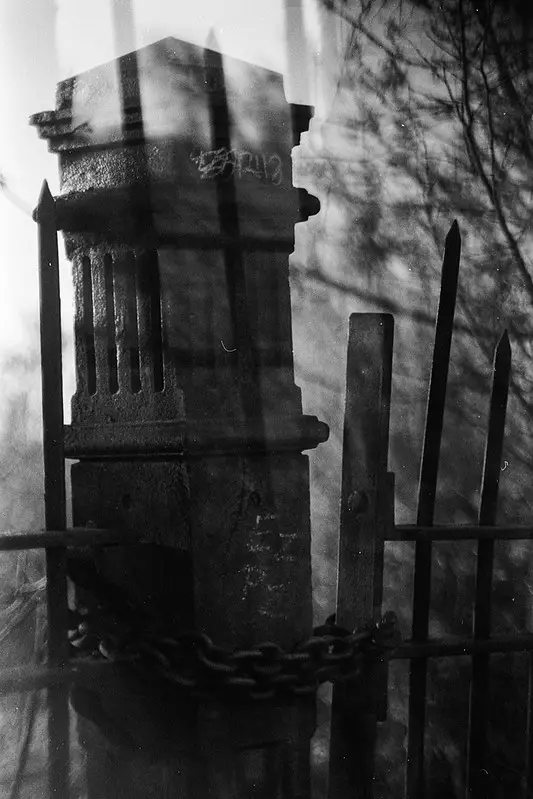
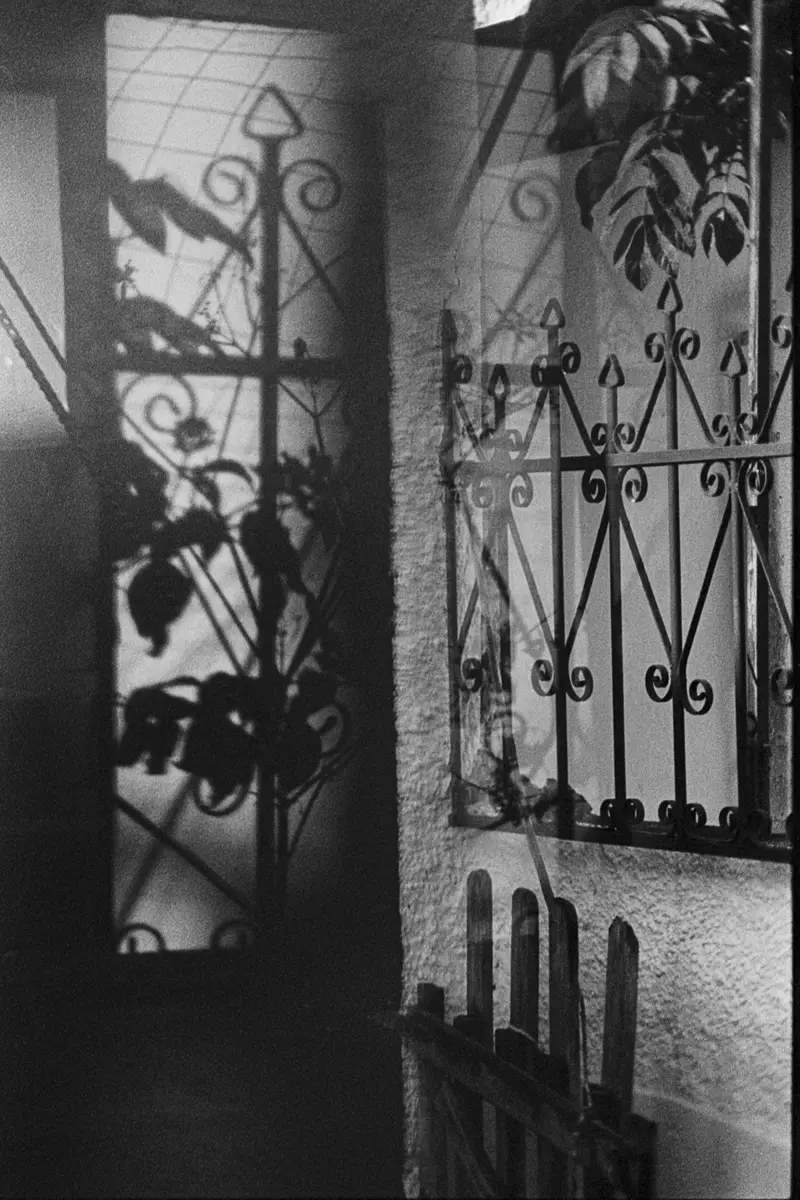
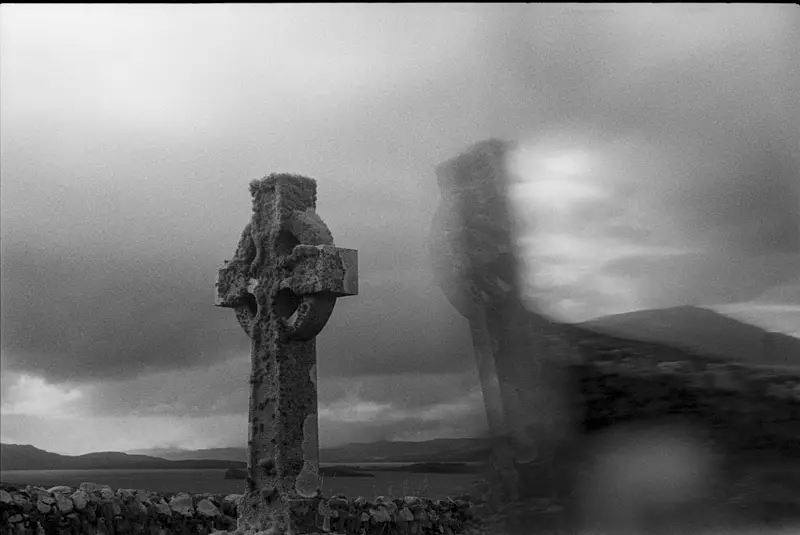
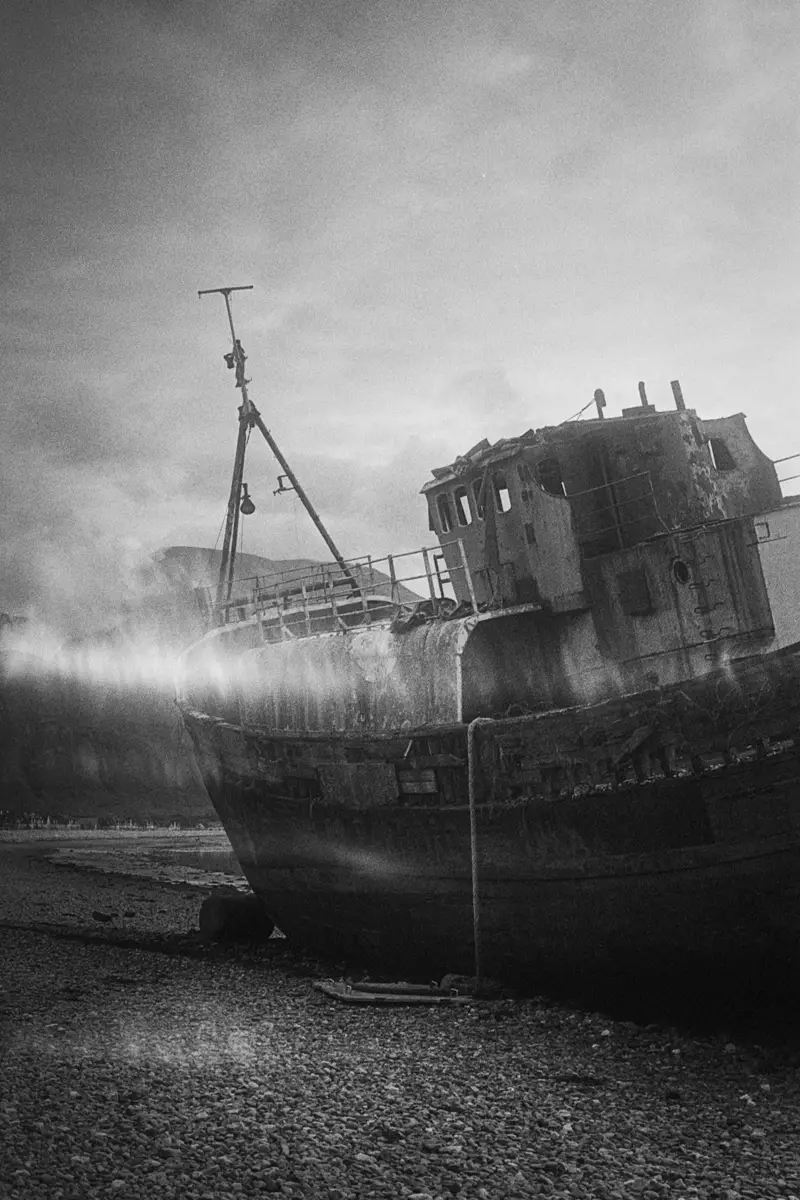
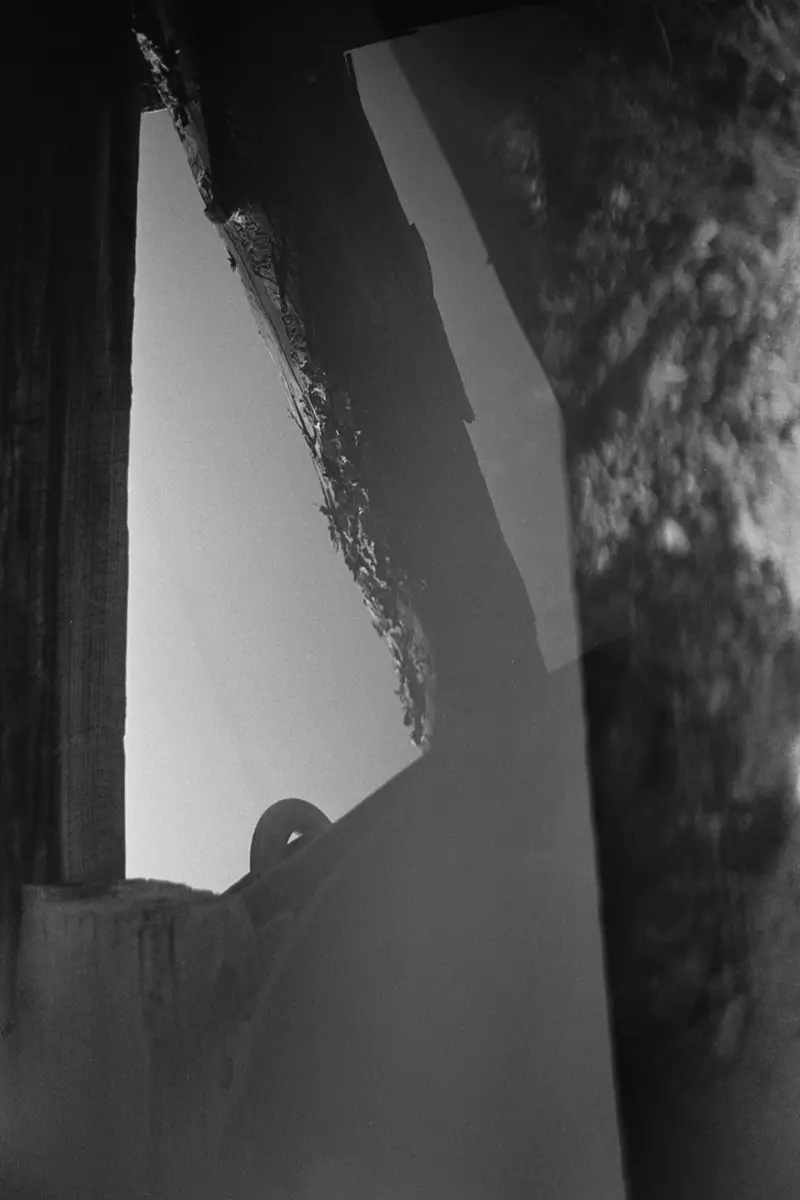
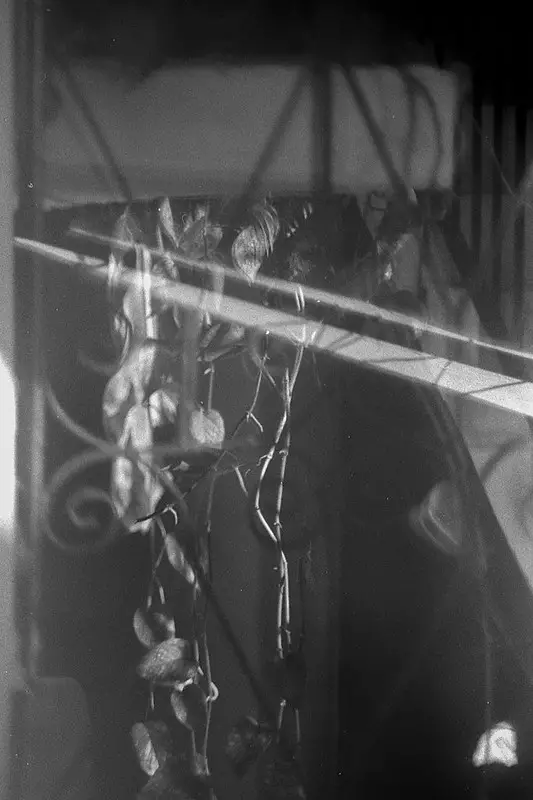
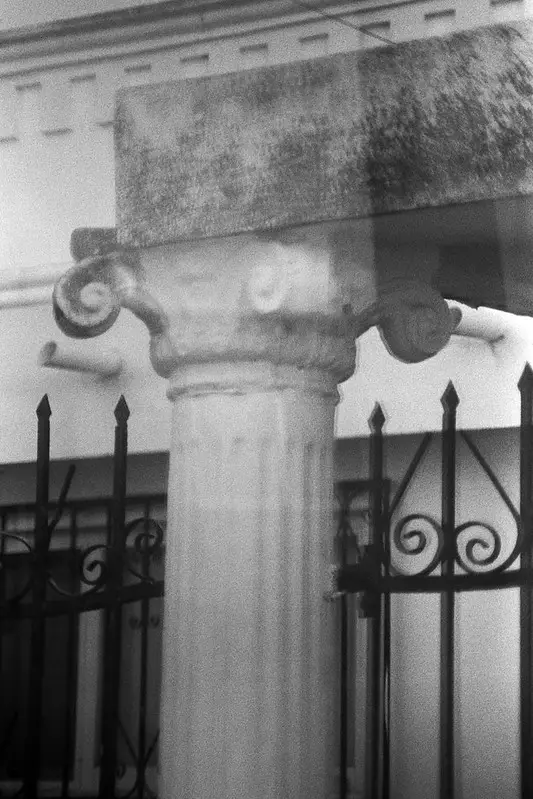
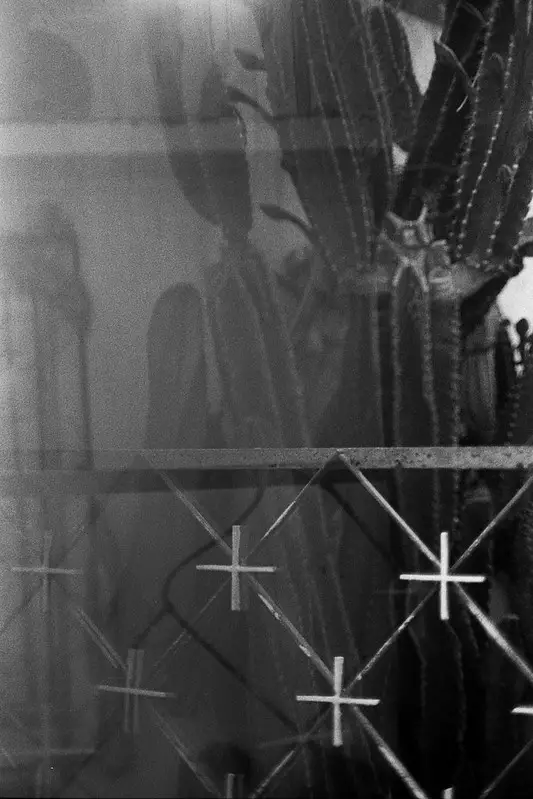
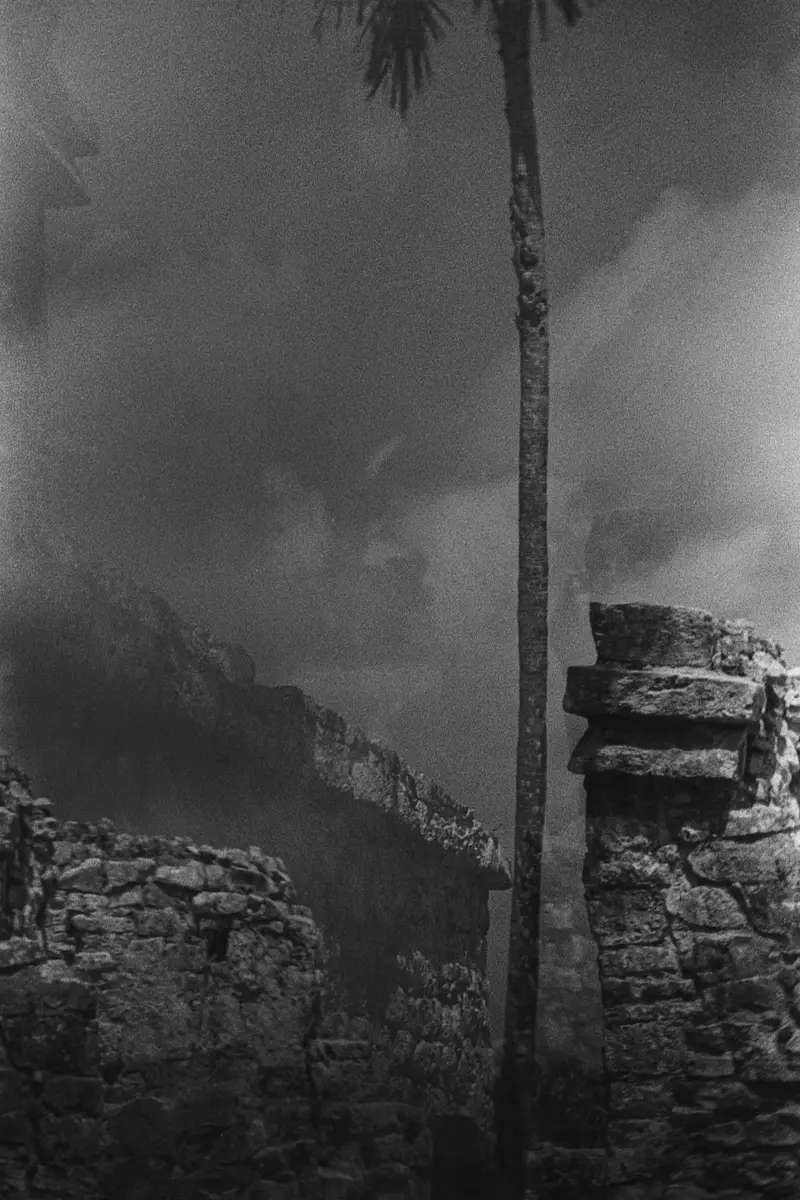
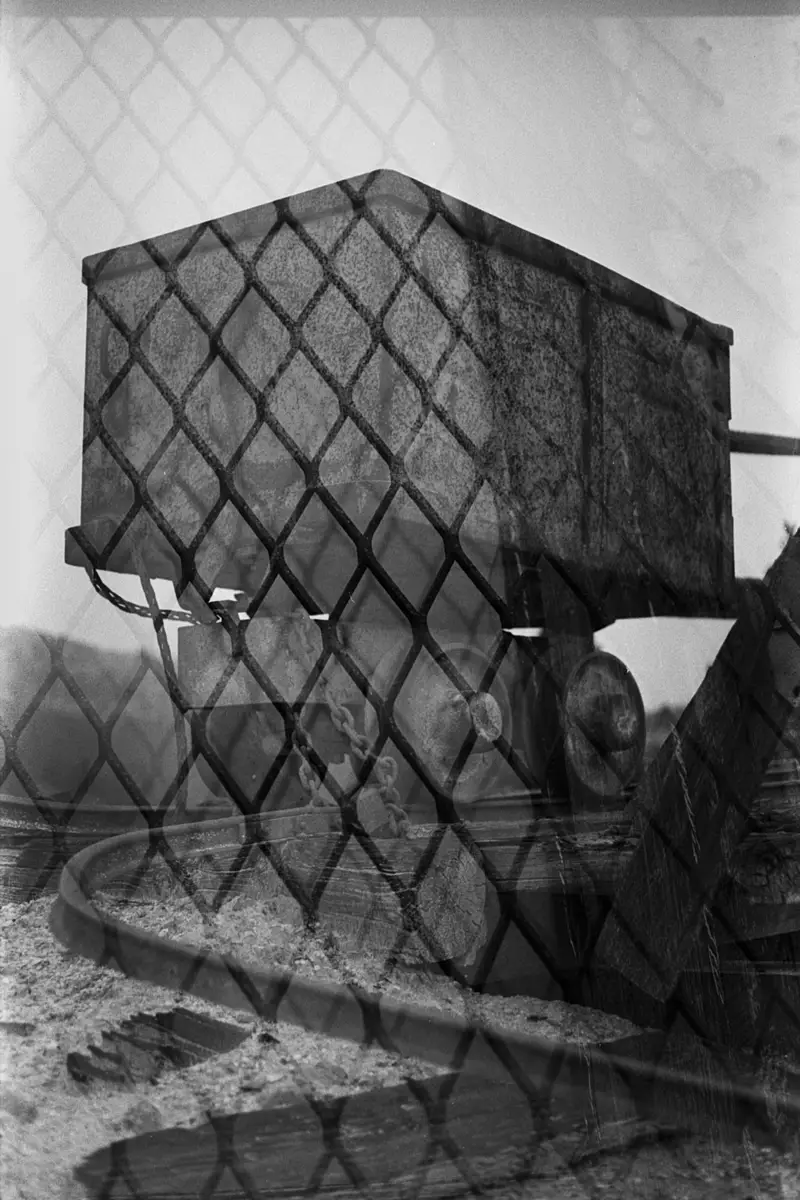
Lance McFee is a web developer and photographer from Kansas City.
Most recent work can be found on Instagram.
For more curated selections or prints visit his Website.
Complimentary image downloads also available.
Share this post:
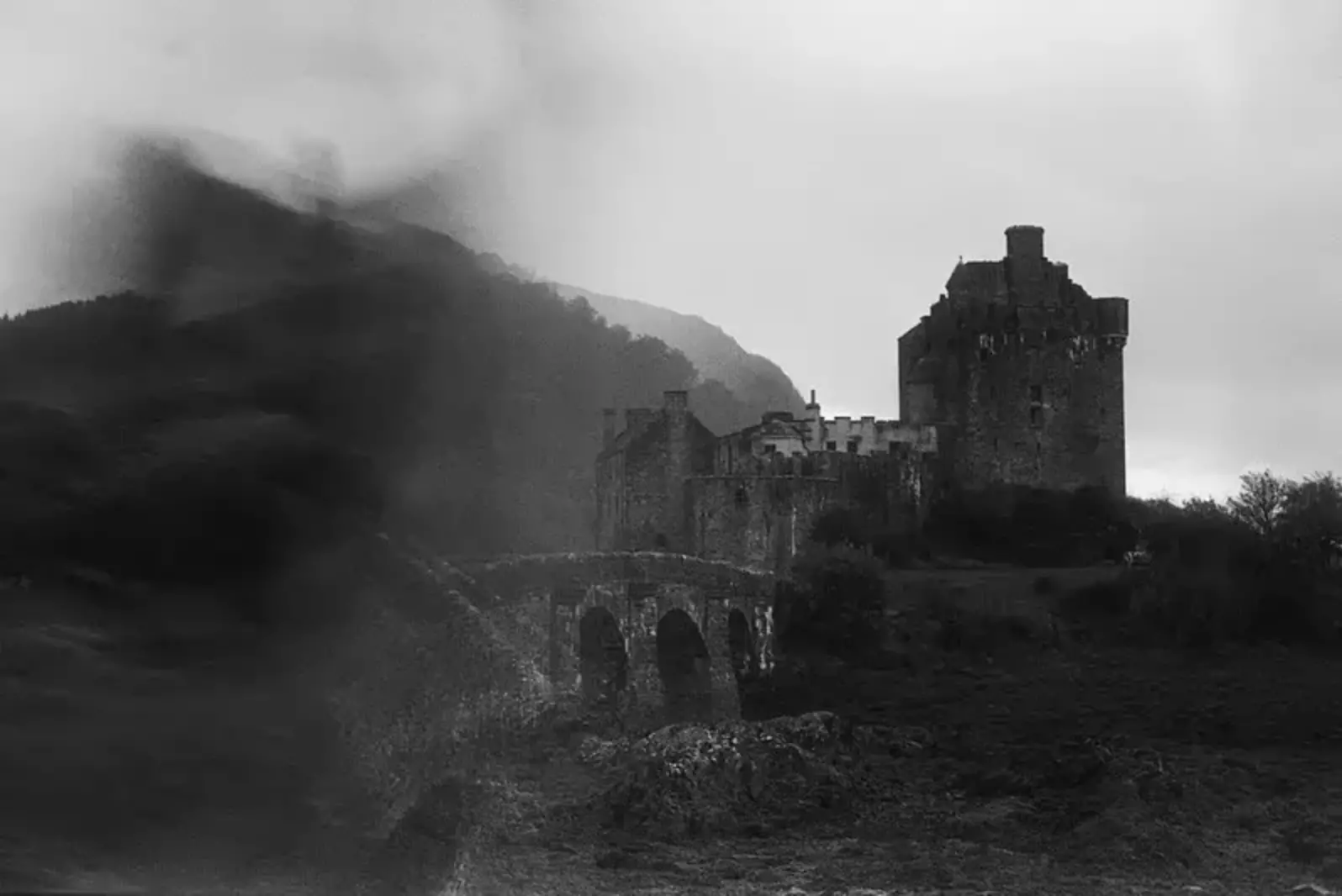








Comments
Louis Sousa on Creating Abstract Landscapes with a Kaleidoscope Filter
Comment posted: 29/08/2023
Comment posted: 29/08/2023
Comment posted: 29/08/2023
Comment posted: 29/08/2023
Sam Forrest on Creating Abstract Landscapes with a Kaleidoscope Filter
Comment posted: 01/09/2023
Comment posted: 01/09/2023